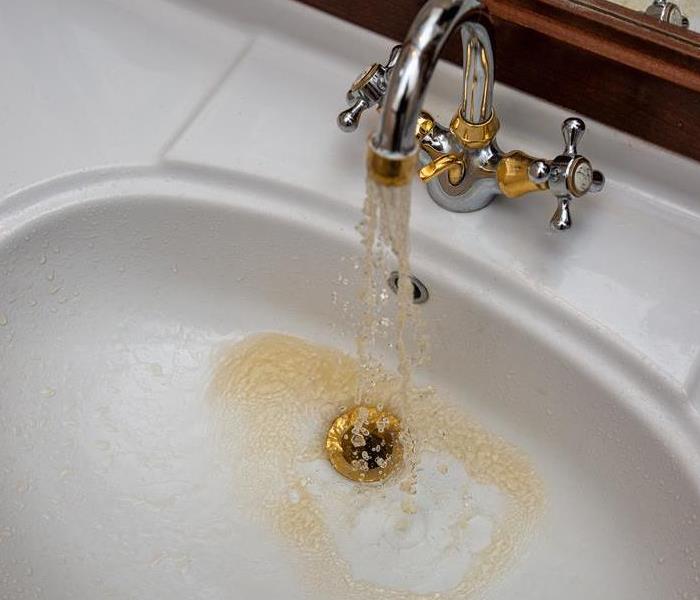Understanding Contaminated Water Categories
3/7/2024 (Permalink)
Contaminated water can pose significant health risks and property damage. As a restoration company, it's essential for us to understand the different categories of contaminated water to provide appropriate cleanup and restoration services. In this blog post, we'll explain the various categories of contaminated water and their implications.
Category 1: Clean Water
Category 1, also known as "clean water," refers to water that originates from a clean and sanitary source. It poses the least risk to human health. Common sources of clean water include:
- Broken water supply lines.
- Faucet or sink leaks.
- Malfunctioning appliances (e.g., a dishwasher or washing machine).
While clean water may not be immediately harmful, it can become contaminated as it interacts with the environment. If not addressed promptly, it can progress to a higher category of contamination.
Category 2: Gray Water
Category 2, or "gray water," represents water that is contaminated to some degree. Gray water can contain chemical, biological, or physical contaminants that may cause discomfort or illness if ingested or exposed to. Sources of gray water include:
- Washing machine or dishwasher overflow.
- Sink and shower drains.
- Sump pump failures.
- Minor toilet overflows.
Gray water requires careful handling and should not be allowed to remain stagnant, as it can worsen and become more hazardous over time. If not properly treated, it can escalate to Category 3 contamination.
Category 3: Black Water
Category 3, often referred to as "black water," is the most severe category of contamination. It contains harmful pathogens, toxic substances, and unsanitary agents that can pose significant health risks. Sources of black water include:
- Sewage backups.
- Flooding from rivers or streams.
- Toilet overflows containing feces.
- Contaminated standing water.
Black water is highly hazardous and should be addressed by professionals equipped to handle the associated health risks. It can lead to severe property damage, mold growth, and long-term health problems if not properly mitigated.
Restoration and Cleanup
Restoration companies play a critical role in addressing water damage and contamination. The approach to restoration varies depending on the water category:
Category 1: Clean water is the easiest to remediate. Our restoration experts focus on water extraction, drying, and disinfection to prevent contamination progression.
Category 2: Gray water may require more extensive cleaning and disinfection. Porous materials like carpets and upholstery may need to be removed and replaced, as they can harbor contaminants.
Category 3: Black water poses the greatest challenge. It necessitates complete removal and replacement of porous materials and thorough disinfection to ensure the safety of the affected area.
Regardless of the water category, prompt action is crucial. The longer water damage goes untreated, the greater the risk of contamination, structural damage, and the proliferation of mold.
Understanding the categories of contaminated water is essential for restoration companies and homeowners alike. By identifying the source and category of water damage, our expert professionals can develop effective restoration plans to mitigate health risks and prevent further damage to the property. If you ever encounter water damage, whether it's clean water, gray water, or black water, don't hesitate to contact SERVPRO to assess and address the situation promptly.

 24/7 Emergency Service
24/7 Emergency Service
